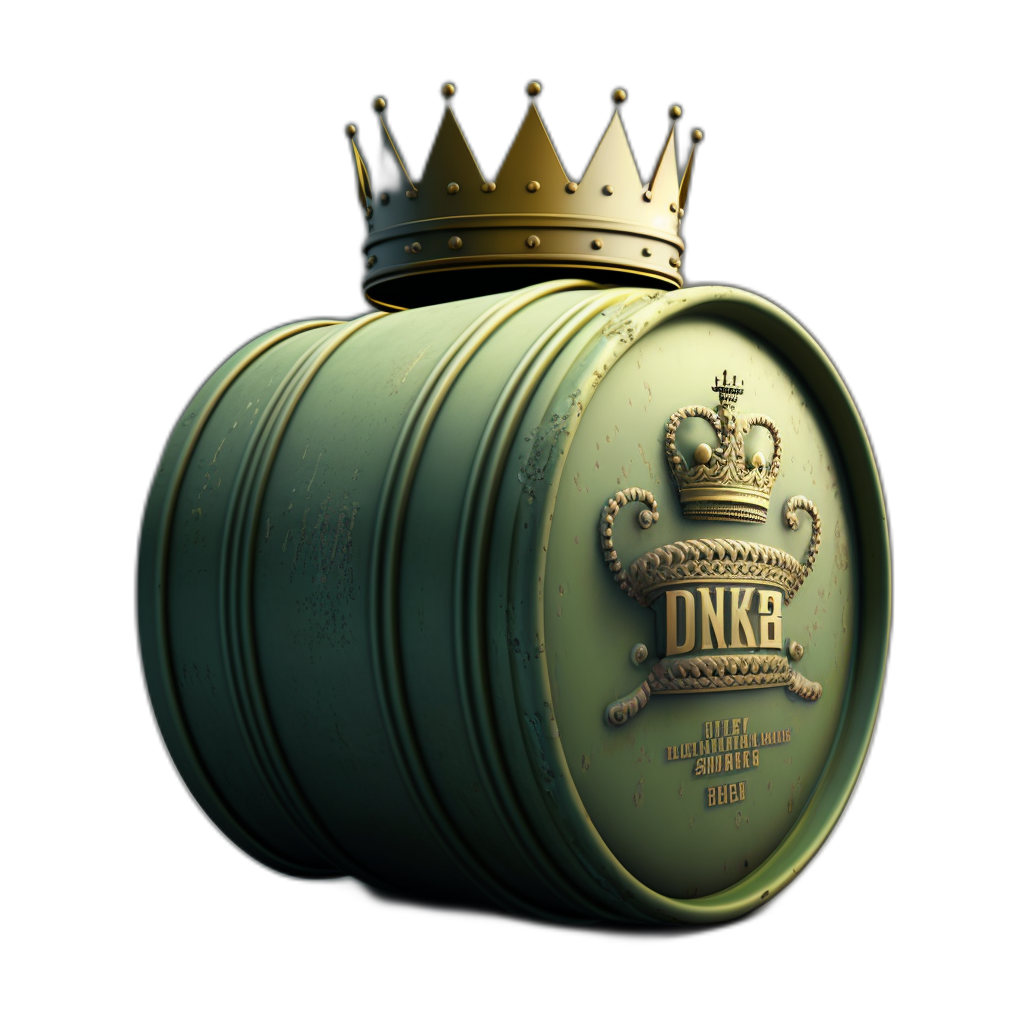Acids play an important role in chemistry and everyday life. They can be classified into two main categories: strong and weak acids. This article will focus on strong acids, their properties, and applications. We will also discuss the six most common strong acids and how to determine if an acid is strong or weak.
Strong Acids: Definition and Properties
A strong acid is an acid that completely dissociates in water, releasing a high concentration of hydrogen ions (H+). This complete ionization leads to a low pH value, typically less than 2. Strong acids are characterized by their ability to donate protons readily and their high reactivity. Some of the most common strong acids include hydrochloric acid (HCl), sulfuric acid (H2SO4), and nitric acid (HNO3).
Six Common Strong Acids
The six most common strong acids are:
Hydrochloric acid (HCl): A strong monoprotic acid commonly used in laboratories and industries. It is a component of gastric acid, playing a crucial role in digestion.
Sulfuric acid (H2SO4): A strong, highly corrosive diprotic acid with a wide range of applications, from batteries to fertilizers.
Nitric acid (HNO3): A strong, monoprotic acid, commonly used in the production of fertilizers, explosives, and various chemicals.
Hydrobromic acid (HBr): A strong monoprotic acid used in chemical synthesis and as a laboratory reagent.
Hydroiodic acid (HI): Another strong monoprotic acid, often used as a reducing agent in organic synthesis.
Perchloric acid (HClO4): A strong, highly corrosive acid used in the production of rocket fuel and as an oxidizing agent in chemical reactions.
pH of Strong Acids
The pH of a strong acid is typically less than 2 due to the high concentration of hydrogen ions released when the acid dissociates in water. The lower the pH value, the more acidic the solution is.
Strong and Weak Acids
Strong acids differ from weak acids in their ability to completely dissociate in water. While strong acids release a high concentration of hydrogen ions, weak acids only partially dissociate, resulting in a lower concentration of hydrogen ions and a higher pH value.
How to Determine a Strong Acid
To determine if an acid is strong or weak, one can look at its degree of ionization in water. A strong acid will have a high degree of ionization (close to 100%), while a weak acid will have a low degree of ionization. One can also compare the acid dissociation constant (Ka) values, where a higher Ka value indicates a stronger acid.
HF: Strong or Weak Acid?
Hydrofluoric acid (HF) is a weak acid despite being highly reactive and corrosive. It has a low degree of ionization, and its Ka value is lower than that of strong acids.
HCl: A Strong Acid
Hydrochloric acid (HCl) is a strong acid due to its complete ionization in water and high Ka value. It is highly reactive and widely used in various industries.
HCN: A Strong Acid?
Hydrogen cyanide (HCN) is a weak acid, not a strong acid, due to its low degree of ionization and low Ka value. However, it is highly toxic and can be lethal in small amounts.
Conclusion:
Strong acids are an essential part of chemistry and have various applications in everyday life. Understanding their properties and how to differentiate them from weak acids is crucial for safe handling and effective utilization. By recognizing the common strong acids, their pH values, and the factors that determine whether an acid is strong or weak, one can ensure proper usage and application in various industries and chemical processes. With knowledge of strong acids, we can harness their potential while minimizing the risks associated with their handling and storage. Stay informed and always take necessary precautions when working with strong acids to ensure a safe and productive experience.
strongest 6 hcl hcn difference between dilute hf meaning bronsted


